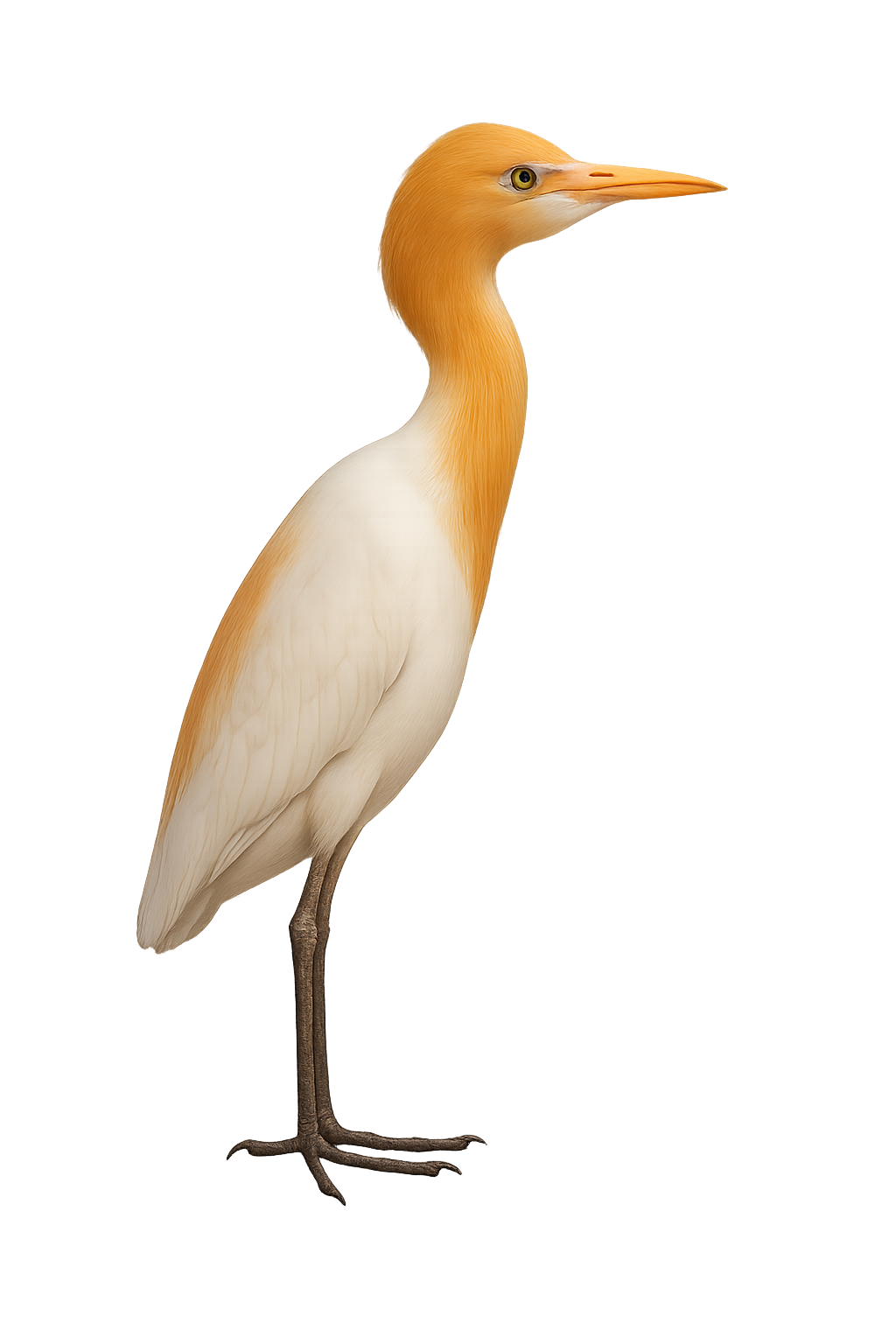Your wildlife photography guide.
Explore the purple heron in detail, study its behavior, prepare your shots.
Where to observe and photograph the purple heron in the wild
Learn where and when to spot the purple heron in the wild, how to identify the species based on distinctive features, and what natural environments it inhabits. The WildlifePhotographer app offers tailored photography tips that reflect the purple heron’s behavior, helping you capture better wildlife images. Explore the full species profile for key information including description, habitat, active periods, and approach techniques.
Purple Heron
Scientific name: Ardea coromanda

IUCN Status: Least Concern
Family: ARDEIDAE
Group: Birds
Sensitivity to human approach: Suspicious
Minimum approach distance: 20 m
Courtship display: February to April
Incubation: 26-28 jours
Hatchings: February to May
Habitat:
Marshes, lake shores, wetlands
Activity period :
Primarily active during the day, with peak activity in the morning and late afternoon.
Identification and description:
The Purple Heron, or Ardea coromanda, is a large, slender wading bird distinguished by its rich reddish-brown plumage and long neck. It inhabits rice fields, swamps, wooded wetlands, and lake edges across East and Southeast Asia. This heron is partially migratory, with seasonal movements depending on climate conditions. Typically solitary, it hunts slowly in shallow waters, feeding mainly on fish, amphibians, and aquatic invertebrates. The population is considered stable overall, although local declines may occur due to wetland loss.
Recommended lens:
400mm – adjust based on distance, desired framing (portrait or habitat), and approach conditions.
Photography tips:
To photograph the Purple Heron, it is advisable to use a telephoto lens of at least 400mm to capture detailed images without disturbing the bird. The best opportunities often arise early in the morning or late in the afternoon, when the light is soft and activity is more intense. Look for spots where the heron feeds or rests, and be patient. Use a tripod to stabilize your camera and wait for the bird to adopt an interesting pose.
The WildlifePhotographer App is coming soon!
Be the first to explore the best nature spots, track rutting seasons, log your observations, and observe more wildlife.
Already 1 430 wildlife lovers subscribed worldwide

